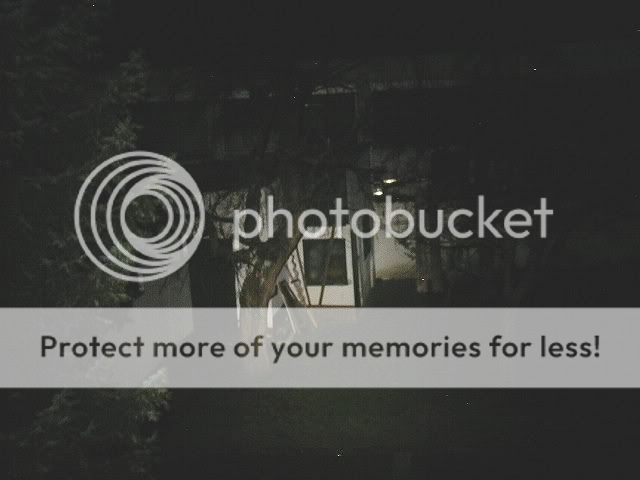Hello Keith,
I'm going to have to disagree with you on this one.
I use my light at work all the time. Through a lot of experimentation and studying reviews, I have found that the beam that works the best for me has a good hot spot and a fair amount of spill as well.
When you shine lights on outdoor objects, the emphasis is usually on the ability of the hot spot to illuminate an object. That is fine, if that is the way you use your light all of the time.
If you shine a light against a wall, you get a feel for the ratio of the hot spot to spill, as well as an indication of how large the hot spot is.
My situation may be a bit different. I am inspecting things that may have a bit of clutter in front of them. I use an ARC LSH-P as my primary inspection light. I am very please with the ratio of spot to spill, and I love the shape of the hot spot. I tried an L4, but it is too much a flood for my use. I had a lot of stray light bouncing off near field things and obstructing my clear view of what I was looking for. I tried an ARC LSHF-P. It did not have enough spill to provide an indication of what was coming up during the inspection. I found myself moving the light back and forth trying to light up an area.
The X990 is like having a piece of the sun along. It works great, but sometimes it is too bright. The 8 cell DragonHID is about perfect. It has a very well defined hot spot, and an ample supply of spill. The TigerLight with the GenI lamp also fits into this category. The TigerLight GenII lamp sacrifaces a bit of spill for a more defined hot spot. It is not bad, but not as good as the original lamp. Jim Sexton's modification with the SL 35X lamp is once again a good ratio of spill to hot spot, but the lamp doesn't like being overdriven to the voltages we are putting to it. The Carley reflector with the WA1274 lamp is once again leaning to improving the hot spot at the expense of the spill. It is not bad, but a little on the hot spot side of things.
I bring up all of these comparisons to give you an indication of what I see from looking at a beam shot on a white wall. I think there is a lot of information there and it is easy to do.
The other thing to remember is that outside shots will show different things depending on how reflective the object and surroundings are. I take my lights out on a walk and am constantly surprised at how different things show up. Evergreen trees and peeling paint on buildings seem to absorb all the light you can throw at them. Brand new paint jobs, vinyl siding, and metal buildings seem to stand out and reflect all the light that is pointed in their direction. In my opinion, this adds a level of complexity that is difficult to evaluate.
I love to see how a light performs outside, but give me a wall beam shot for critical evaluation and I will be very happy.
Tom






